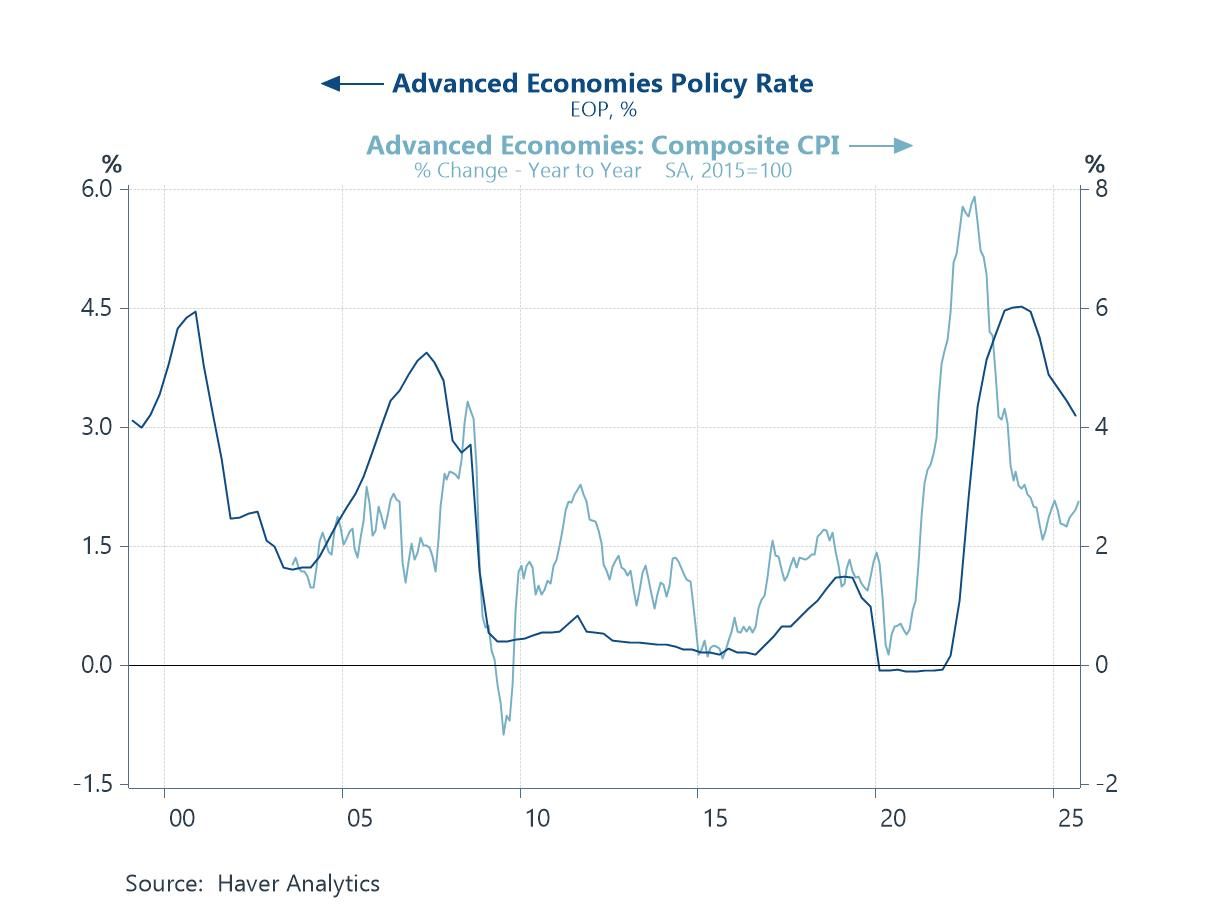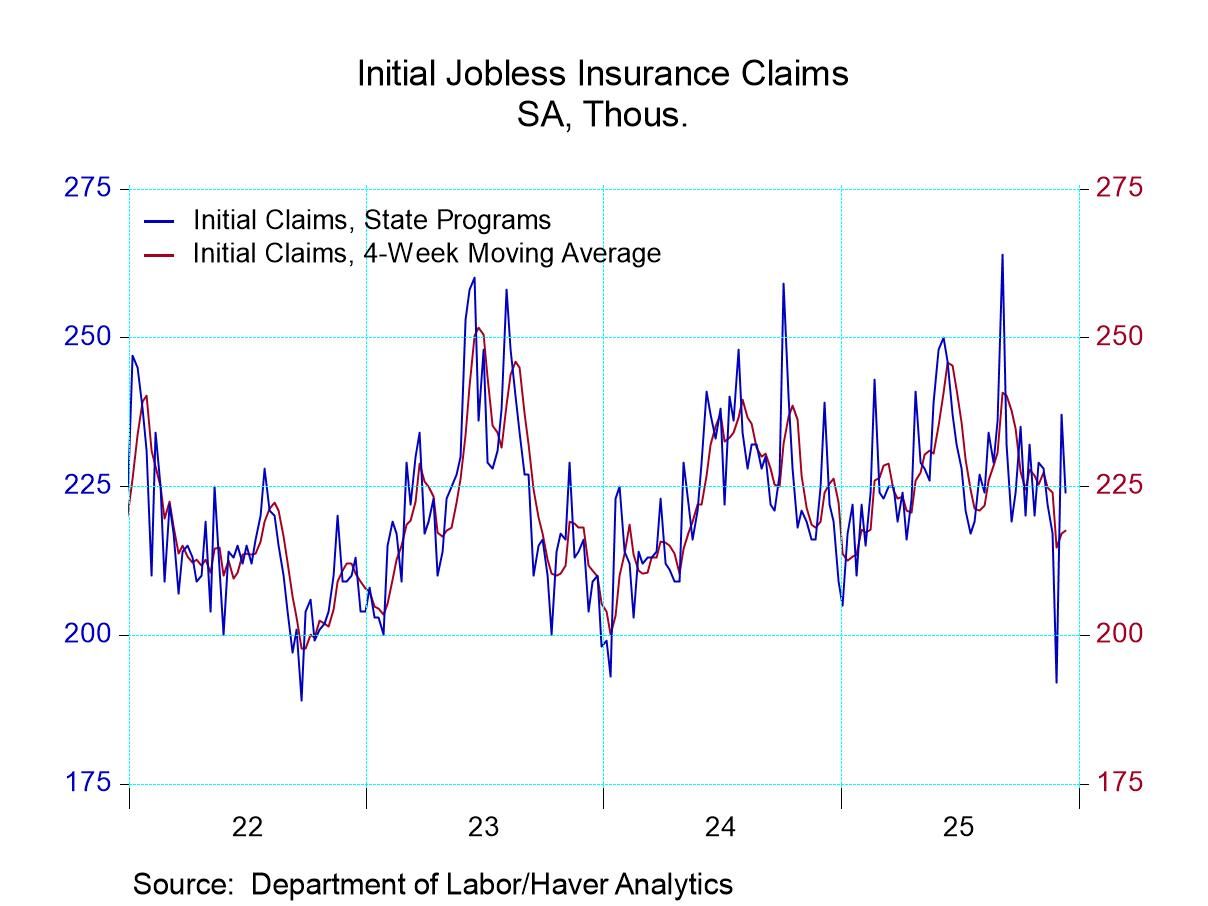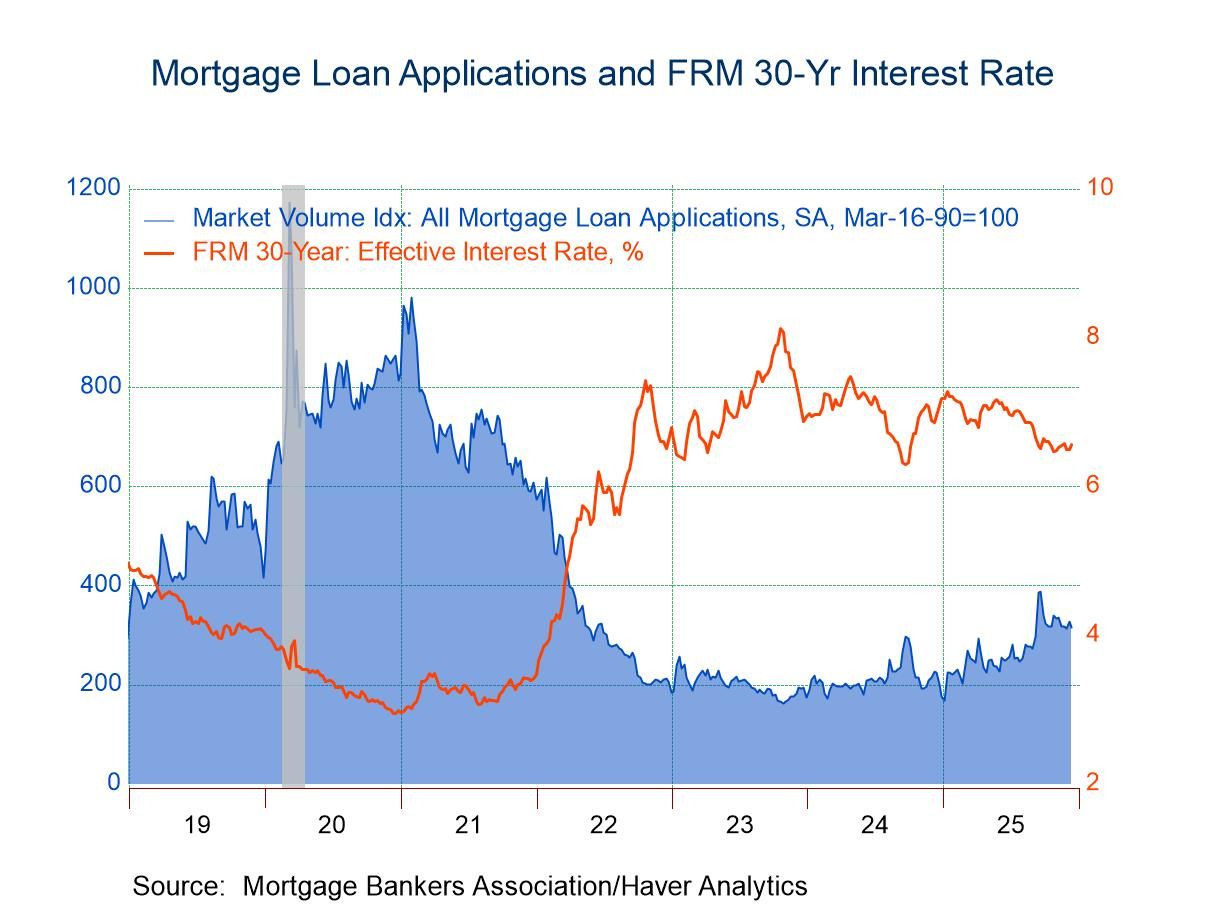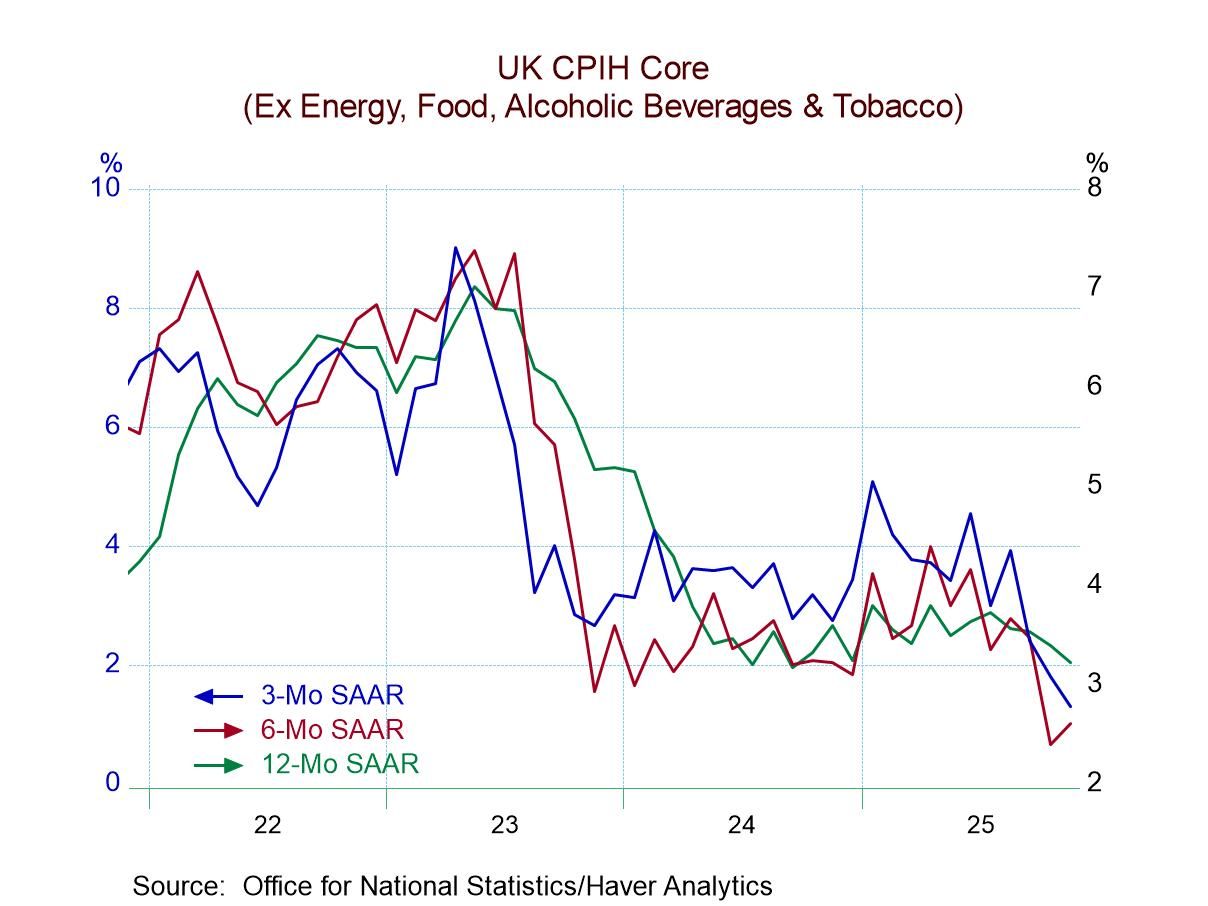 Global| Dec 31 2018
Global| Dec 31 2018China Manufacturing Gauge Reads 'Contraction' for First Time in 2.5 Years
Summary
Contraction is not what China has been seeking China's manufacturing gauge last showed a contraction 2.5 years ago. And apart from one observation in February 2016, the headline PMI was last lower than its current reading in August [...]
 Contraction is not what China has been seeking
Contraction is not what China has been seeking
China's manufacturing gauge last showed a contraction 2.5 years ago. And apart from one observation in February 2016, the headline PMI was last lower than its current reading in August 2012, about 6.5 years ago.
Changing momentum also tells a story
The momentum changes confirm that there has been an extended slowdown for manufacturing in China that has culminated in the overall contraction. Orders and output are slowing while inventories are piling up. The headline PMI in manufacturing has showed declining momentum over 12 months and from 12-months to six-months as well as from six-months to three-months. This sort of progressive deterioration is present in all but two of the PMI components. The exceptions are delivery lags and inventories. Meanwhile, the build-up in inventories is not a good sign but tends to reinforce that a slowdown is in effect as 'stuff' is being made that is not being sold or exported.
China's manufacturing is impacted
Since 2005, China's manufacturing PMI has been this weak or weaker only about 7% of the time. Orders have been this weak or weaker about 8.3% of the time. Output has been this weak or weaker about 5.1% of the time. Is there a pattern here? Delivery speeds are a contrary signal and they are approximately normal at a 58th percentile standing in their queue of historic data. Inventories have been higher only about 23% of the time so stock levels have been built up and appear to be really built up and out of line compared to output and order trends.
Trump tactics have impact in China
U.S. trade countermeasures against China are having an impact. But China in a new communication has said that it is ready to work with the U.S., a statement that suggests progress is being made. Earlier President Trump had tweeted that 'Big Progress' was being made in the U.S.-China trade talks after he and the Chinese Premier Xi Jinping had spoken on the phone.
U.S.-China Trade...Deal?
The U.S.-China trade conflict has been front and center in everyone's mind for some time now. The U.S. and China had agreed at the G-20 summit in December in Buenos Aires to put any trade actions on hold for 90 days while they worked to formulate a solution. As 2018 draws to a close, we have some hopeful noises being made by both sides about the progress in these talks. And that is certainly good news.
Happy New Year! But remember that reality bites
However, as we cheer prospects for a trade deal with China, we must be mindful that any deal we get must be good for us and must preserve the rights of U.S. firms to trade freely and to not have their corporate secrets and technology subject to theft of confiscation by China or its minions. We need a deal that is enforceable and verifiable. We need to remember just who we are dealing with. As China makes nice overtures to the U.S., it is also busy persecuting Canadians in China because Canada is holding a high level Chinese citizen whose company broke U.S. law and who is being sought under a Canada-U.S. extradition treaty. China has managed to arrest two Canadians and apparently is pressing ahead with drug changes against one of the seized persons to put pressure on Canada to not honor its extradition treaty with the U.S. What you deal with China this is what you deal with. So let's keep that in mind.
By the Sea, by the Sea, by the South China Sea...
China did also grab the South China Sea and flouted a world court ruling that their seizure had no standing in international law. China is now tied up in a new fight with Vietnam over China's claiming of the South China Sea. In dealing with China, we are dealing with a country that persistently flouts international law and bends or sets rules in its own favor. Not only am I wary of cutting any deal with China, I am very suspicious about what it will want in return for what it will claim to give us. And yet I worry about how China's behavior will change in the future. It is easy to agree with someone and to compromise if you never intend to uphold your end of the bargain. And right now the U.S. has China in a place that is hurting it as we can see from its manufacturing PMI. The U.S. needs to press this advantage. China needs trade. It needs to expand and needs more trade expansion than the U.S. can give it or afford. China needs to grow and to spread development. But the world isn't big enough or affluent enough to absorb the goods China would need to make and export to create that development. A real Free Trade deal with China should not make the U.S. market more penetrable by China. But that seems to be what China thinks that it will get. So for me, the hint of progress from trade talks with China is the sound of one-hand clapping.
Happy New Year...I Hope.

Robert Brusca
AuthorMore in Author Profile »Robert A. Brusca is Chief Economist of Fact and Opinion Economics, a consulting firm he founded in Manhattan. He has been an economist on Wall Street for over 25 years. He has visited central banking and large institutional clients in over 30 countries in his career as an economist. Mr. Brusca was a Divisional Research Chief at the Federal Reserve Bank of NY (Chief of the International Financial markets Division), a Fed Watcher at Irving Trust and Chief Economist at Nikko Securities International. He is widely quoted and appears in various media. Mr. Brusca holds an MA and Ph.D. in economics from Michigan State University and a BA in Economics from the University of Michigan. His research pursues his strong interests in non aligned policy economics as well as international economics. FAO Economics’ research targets investors to assist them in making better investment decisions in stocks, bonds and in a variety of international assets. The company does not manage money and has no conflicts in giving economic advice.






